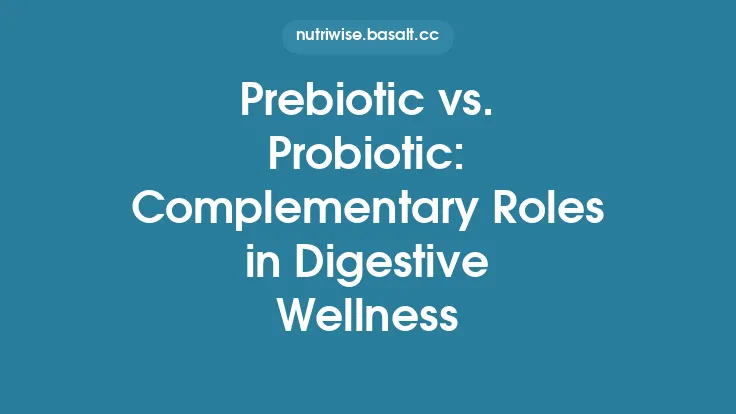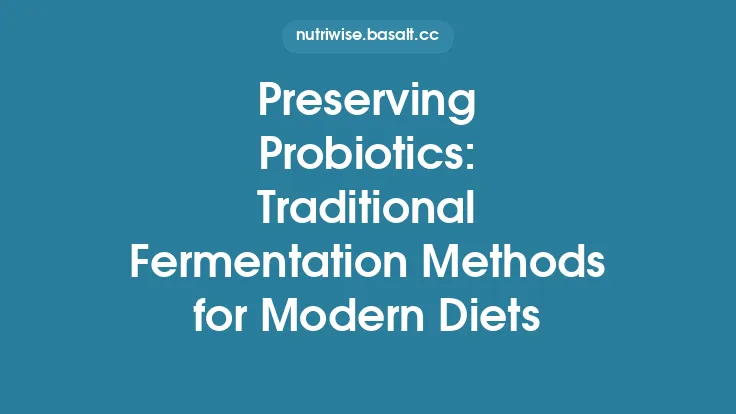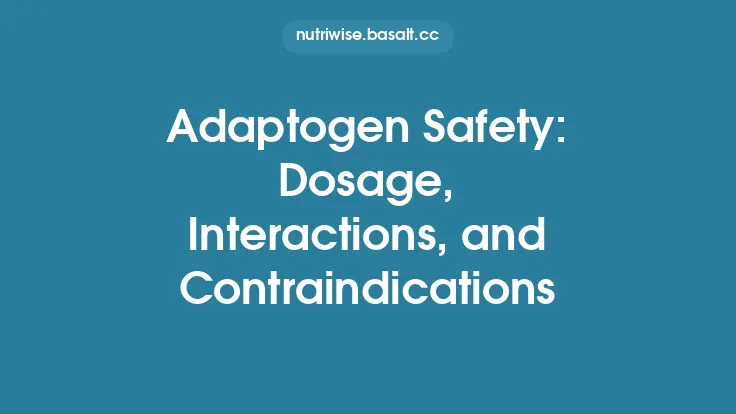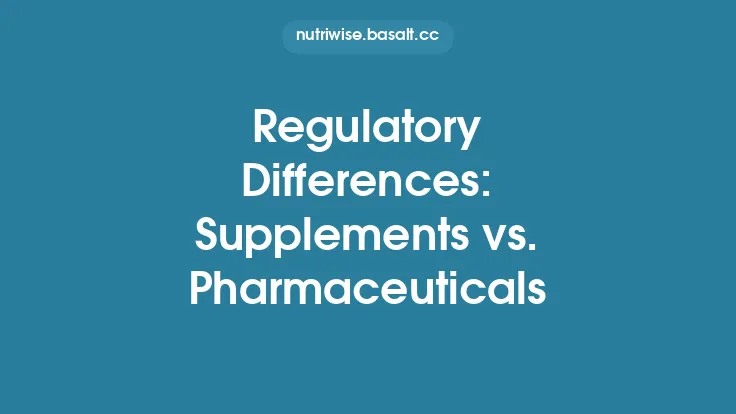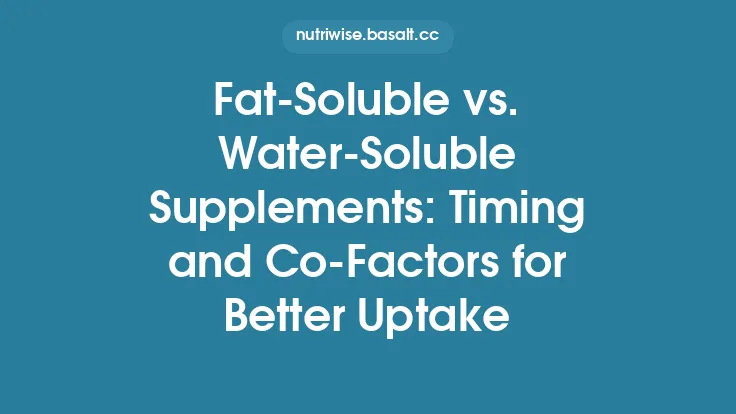Adaptogen supplementation has evolved dramatically over the past century, moving from centuries‑old herbal preparations handed down through generations to highly engineered products that promise precise dosing, enhanced absorption, and consistent potency. This shift reflects broader changes in the nutraceutical industry, consumer expectations, and scientific capabilities. By examining the origins, manufacturing processes, delivery formats, regulatory landscapes, and market dynamics of traditional and modern adaptogen supplements, we can better understand the strengths and limitations of each approach and make more informed choices about which type may suit a given lifestyle or health goal.
Historical Roots of Traditional Adaptogen Use
The concept of “adaptogens” emerged in the mid‑20th century, but the plants now classified under this umbrella have been used for millennia in traditional medical systems such as Traditional Chinese Medicine (TCM), Ayurveda, and Siberian folk remedies. Practitioners historically employed whole‑root, leaf, or berry preparations—often as teas, decoctions, tinctures, or powders—believing that the synergistic blend of phytochemicals within the plant contributed to overall resilience against physical and emotional stressors.
Key characteristics of these traditional preparations include:
- Whole‑plant utilization – Minimal processing, preserving the natural matrix of fibers, polysaccharides, and minor constituents.
- Seasonal and regional sourcing – Harvest times and geographic origin were considered crucial for therapeutic potency.
- Empirical dosing – Dosage was guided by practitioner experience and patient response rather than standardized measurements.
These practices emphasized a holistic view of health, where the adaptogen was part of a broader lifestyle regimen that included diet, exercise, and mindfulness.
Modern Manufacturing Techniques and Their Rationale
Contemporary supplement manufacturers have adopted a suite of technologies to address the limitations of traditional preparations, such as variability in active compound concentration, poor bioavailability, and inconsistent shelf life. The most common modern techniques include:
- Standardized Extracts – By quantifying a marker compound (e.g., withanolides in *Withania somnifera or rosavins in Rhodiola rosea*), manufacturers can guarantee that each batch contains a defined percentage of the target phytochemical. This reduces inter‑batch variability and facilitates more reliable research outcomes.
- Supercritical CO₂ Extraction – This method uses carbon dioxide at high pressure and temperature to selectively extract lipophilic constituents while preserving thermolabile compounds. The resulting extracts are often purer and free of residual solvents.
- Fermentation‑Enhanced Products – Certain adaptogen powders undergo controlled microbial fermentation, which can break down complex polysaccharides into smaller, more absorbable fragments and potentially generate novel bioactive metabolites.
- Nanoparticle and Liposomal Encapsulation – By encapsulating adaptogen extracts within lipid vesicles or polymeric nanoparticles, manufacturers aim to protect the actives from gastric degradation and improve transport across intestinal membranes, thereby increasing systemic exposure.
These innovations are driven by consumer demand for products that deliver consistent, measurable effects and by the scientific community’s push for rigorously controlled clinical trials.
Delivery Formats: From Teas to Capsules and Beyond
Traditional adaptogen consumption typically involved water‑based preparations—teas, decoctions, or hot infusions—where the herb was steeped for a prescribed duration. Modern formats have diversified dramatically:
- Capsules and Tablets – Provide precise dosing, convenience, and protection from moisture and light. They are often formulated with binders, flow agents, and sometimes with bioenhancers such as piperine.
- Powders and Mix‑ins – Allow users to incorporate adaptogens into smoothies, protein shakes, or baked goods. Powders may be whole‑herb or extract‑based.
- Liquid Tinctures and Drops – Use alcohol or glycerin as solvents, offering rapid absorption through the oral mucosa. Modern tinctures may combine multiple extracts in a single formulation.
- Functional Foods and Beverages – Adaptogen‑infused teas, coffees, energy drinks, and snack bars have entered mainstream retail, targeting consumers who prefer “food‑first” solutions.
- Transdermal Patches – An emerging niche that leverages skin permeability to deliver adaptogen actives over extended periods, though clinical data remain limited.
Each format carries distinct pharmacokinetic implications. For instance, lipophilic compounds may be better absorbed in oil‑based tinctures, while water‑soluble polysaccharides may retain activity in powdered forms. The choice of delivery method can therefore influence both the onset and duration of adaptogenic effects.
Standardization vs. Whole‑Herb Complexity
One of the central debates in the adaptogen arena revolves around the trade‑off between standardization and the preservation of whole‑herb complexity.
- Standardized Extracts
- *Advantages*: Predictable potency, easier integration into clinical research, and clearer labeling for consumers.
- *Limitations*: May exclude minor constituents that contribute to the “entourage effect,” potentially reducing the breadth of physiological actions.
- Whole‑Herb Preparations
- *Advantages*: Retain the full spectrum of phytochemicals, including fibers, flavonoids, and trace minerals, which may synergistically modulate absorption and metabolism.
- *Limitations*: Greater batch‑to‑batch variability, challenges in quantifying active doses, and a higher likelihood of contamination if sourcing is not tightly controlled.
Modern manufacturers sometimes attempt to bridge this gap by creating “full‑spectrum extracts,” which standardize a primary marker while retaining a high proportion of the original plant matrix. This hybrid approach seeks to combine the reliability of standardization with the holistic benefits of whole‑herb chemistry.
Regulatory Landscape and Quality Assurance
The regulatory environment for dietary supplements differs markedly across regions, influencing how traditional and modern adaptogen products are marketed and monitored.
- United States (FDA Dietary Supplement Health and Education Act, DSHEA) – Supplements are regulated as foods, not drugs. Manufacturers must ensure safety and label accuracy but are not required to prove efficacy before market entry. However, claims must be “structure‑function” rather than disease‑treatment claims.
- European Union (Food Supplements Directive) – Requires notification of novel foods and adherence to maximum levels for certain botanicals. Some adaptogen species are classified as novel foods, necessitating pre‑market safety assessments.
- Asia (China, Japan, India) – Traditional herbal products often fall under separate pharmacopoeias, with stricter standards for raw material authentication and Good Manufacturing Practices (GMP). Modern extracts may be subject to additional pharmacovigilance requirements.
Quality assurance programs such as third‑party testing for heavy metals, pesticides, and microbial contamination are increasingly common across all product types. While traditional preparations may rely on heritage and local sourcing, modern manufacturers typically invest in traceability systems (e.g., blockchain) to document each step from farm to final product.
Cost Considerations and Market Accessibility
The price point of adaptogen supplements reflects the complexity of their production:
- Traditional Whole‑Herb Products – Generally lower cost per gram of raw material, especially when sourced locally. However, the need for larger daily doses to achieve therapeutic levels can offset the apparent savings.
- Standardized Extracts and Advanced Formulations – Higher manufacturing overhead (extraction equipment, analytical testing, encapsulation technologies) translates into higher retail prices. Consumers often pay a premium for perceived efficacy, convenience, and brand reputation.
Market data indicate a growing willingness among consumers to invest in “science‑backed” adaptogen products, especially those that provide transparent potency data and third‑party certifications.
Sustainability and Ethical Sourcing
Both traditional and modern adaptogen supply chains face sustainability challenges:
- Wild Harvesting – Many traditional practices rely on wild‑collected plants, which can lead to overharvesting and habitat degradation if not managed responsibly. Community‑based stewardship programs have emerged in regions like the Himalayas to mitigate these risks.
- Cultivation and Agronomy – Modern manufacturers often contract with farms that employ controlled cultivation, enabling consistent yields and reduced pressure on wild populations. However, monoculture practices can diminish biodiversity and increase pesticide reliance.
- Supply Chain Transparency – Advances in traceability technologies (e.g., QR codes linked to blockchain ledgers) allow consumers to verify the origin, harvest method, and environmental impact of their adaptogen supplements, fostering more ethical purchasing decisions.
Future Directions: Integrating Tradition with Technology
The trajectory of adaptogen supplementation points toward a convergence of ancient wisdom and cutting‑edge science. Emerging trends include:
- Phytochemical Profiling and Metabolomics – High‑resolution mass spectrometry is being used to map the full spectrum of compounds in adaptogen plants, uncovering previously unknown metabolites that may contribute to stress‑modulating effects.
- Personalized Adaptogen Regimens – Genetic and microbiome analyses could inform individualized dosing strategies, matching specific adaptogen profiles to a person’s metabolic capacity and stress response patterns.
- Hybrid Delivery Systems – Combining liposomal encapsulation with controlled‑release matrix tablets may provide both rapid onset and sustained delivery, optimizing the temporal dynamics of adaptogenic support.
- Clinical Validation – As standardized extracts become more prevalent, larger, well‑designed randomized controlled trials are feasible, potentially establishing clearer cause‑effect relationships and dosage guidelines.
These developments suggest that future adaptogen supplements will retain the holistic intent of traditional use while delivering the precision, safety, and efficacy demanded by modern consumers.
Bottom Line: Choosing Between Traditional and Modern Adaptogen Supplements
When deciding between a traditional whole‑herb preparation and a modern standardized extract, consider the following factors:
| Aspect | Traditional Whole‑Herb | Modern Standardized/Advanced |
|---|---|---|
| Potency Consistency | Variable; depends on harvest and processing | High; defined marker levels per dose |
| Complexity of Phytochemicals | Full spectrum, including minor constituents | Focused on primary actives; may retain some matrix |
| Ease of Use | Requires brewing or mixing; larger volumes | Convenient capsules, powders, or ready‑to‑drink formats |
| Bioavailability | May be limited for certain lipophilic compounds | Enhanced via extraction, encapsulation, or fermentation |
| Cost per Effective Dose | Lower raw material cost but higher dose needed | Higher per‑unit cost but lower dose required |
| Regulatory Transparency | Relies on traditional claims; less formal testing | Often includes third‑party testing and detailed labeling |
| Sustainability | Dependent on wild harvest practices | Can be managed through cultivated sourcing and traceability |
Ultimately, the “best” choice aligns with personal health goals, lifestyle preferences, and values regarding sustainability and scientific rigor. For individuals who appreciate a ritualistic, whole‑food approach and have access to high‑quality, ethically sourced herbs, traditional preparations may be ideal. Conversely, those seeking precise dosing, rapid absorption, and the convenience of a capsule or functional beverage may gravitate toward modern, standardized adaptogen supplements.
By understanding the distinct attributes of each category, consumers can make informed decisions that harness the stress‑modulating potential of adaptogens while respecting both tradition and innovation.

